How Problems Are Presented
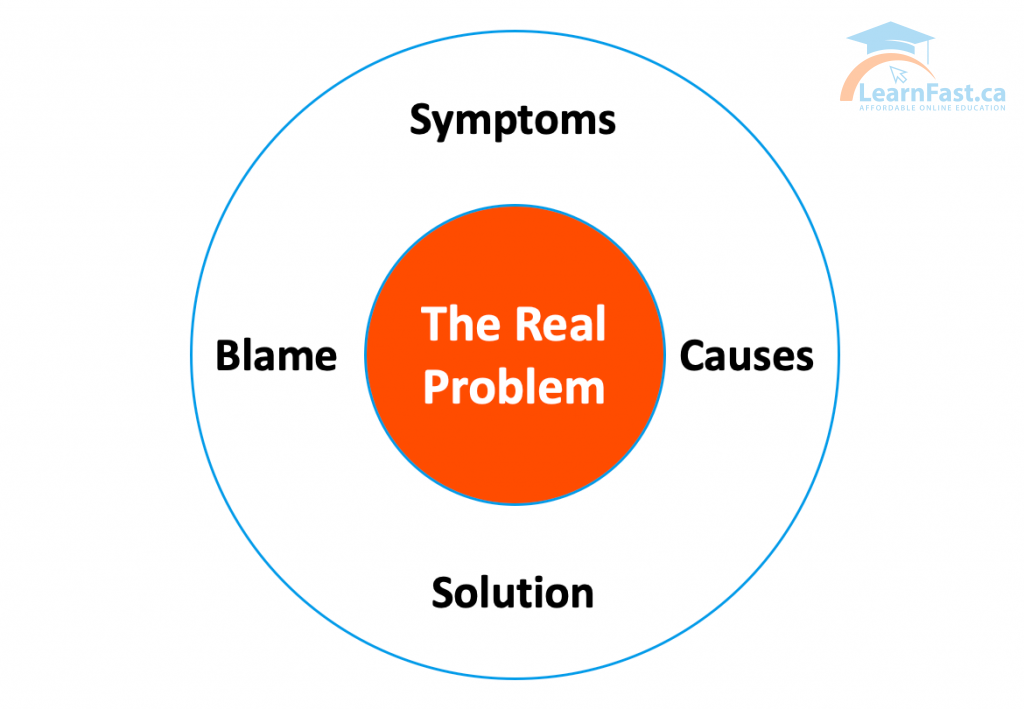
Problems are often first presented as “aches and complaints”. lt is typical to first describe a problem in terms of causes, or solutions, or blaming statements. These descriptions will camouflage the real problem.
Clarifying the Issue/Problem
To have a problem suggests that there is a gap between what a person hopes or expects and what actually exists. lt is the description of this gap that comprises the problem.
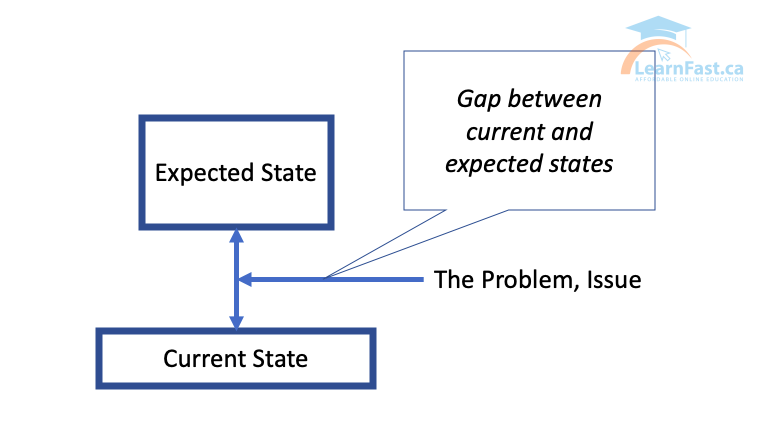
Examples:
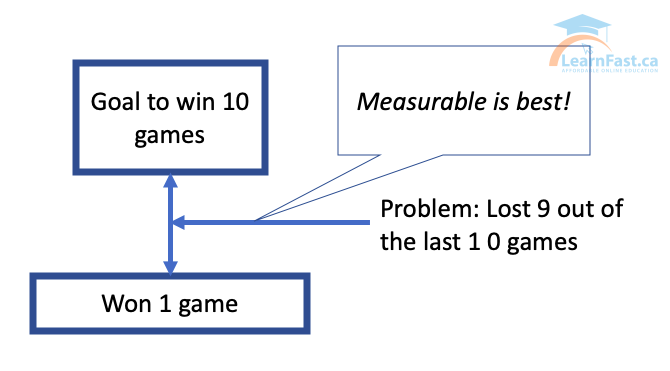
Problem Statement
What It is…
- A statement that describes an observable gap
- It can also include a description of the magnitude of the problem (if this information is available)
- It describes the impact of the gap on the business
What It Doesn’t Do…
- It doesn’t describe the cause of the problem
- It doesn’t assign a blame
- It doesn’t prescribe a solution
Problem Definition
A problem is the fluctuation of a required feature in the final product (output of process)
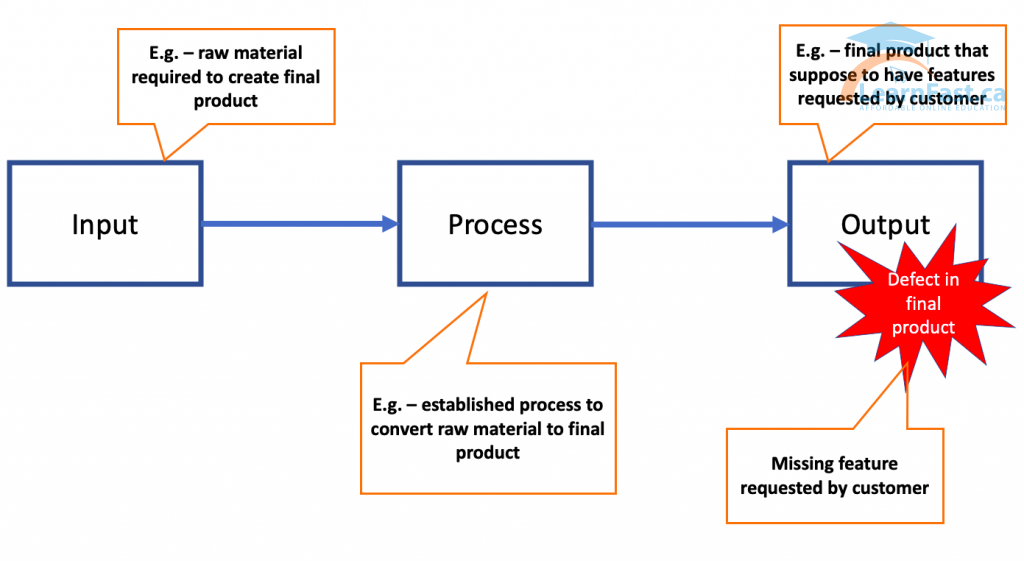
The attribute can be assigned to one of the categories:
- Quality,
- Availability (Quantity/Time), or
- Utilization of Resources.
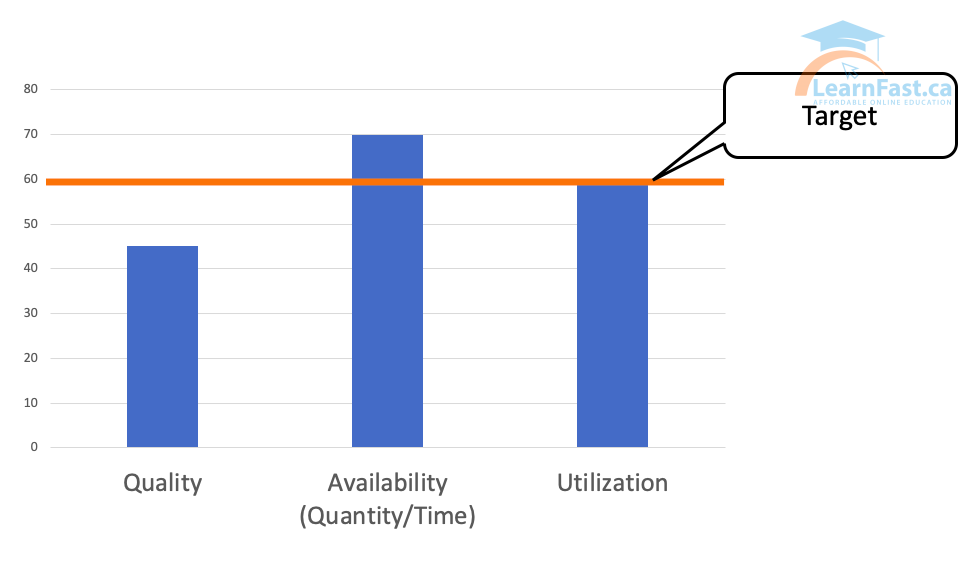
Problem Definition: Questions You Need To Answer
- What’s the gap or need?
- What’s happening that’s not supposed to happen?
- What could be happening? (opportunity)
- Why is this a problem?
- What is the impact of this problem, opportunity?
Example:
Originally stated Problem:
Put in place a series of standard operating procedures (SOPs) for new equipment because of excessive downtime, loss of quality, high learning curve.
Project assumes a solution. SOPs may end up being a solution, but we don't know yet. We still need a better description of the gap.
Draft #2
Lack of a plan to commission new equipment.
Second iteration now talks about the lack or gap, but still assumes a solution (a "plan")
Draft #3
Historically, when new equipment is installed: 1) the amount of downtime
exceeds expected standards, 2) the percentage of rejects exceeds expected standards.
Much better! This problem statement does not promote a cause or solution. lt just describes what happens or happened. The resultant scope will increase, but at least we won't miss any factors.

















